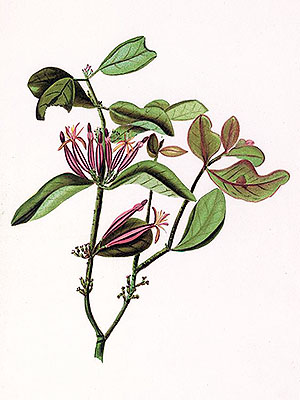Guinea Mistletoe (Agelanthus guineensis)
This species, described in 1997, is, or was, restricted to the forests in northern Guinea in West Africa; it is apparently known only from the type material which was collected in 1956.
The species was never found since the collection of the type and is believed to be extinct.
***
The photo below shows an additional congeneric species, the Dodonaea-leaved Mistletoe (Agelanthus dodoneifolius (DC.) Polhill & Wiens), a species that also occurs in Guinea.
*********************

Photo: Rob Palmer
https://www.inaturalist.org/people/rob_palmer
https://creativecommons.org/licenses/by-nc-sa/4.0/
*********************
edited: 15.01.2024

